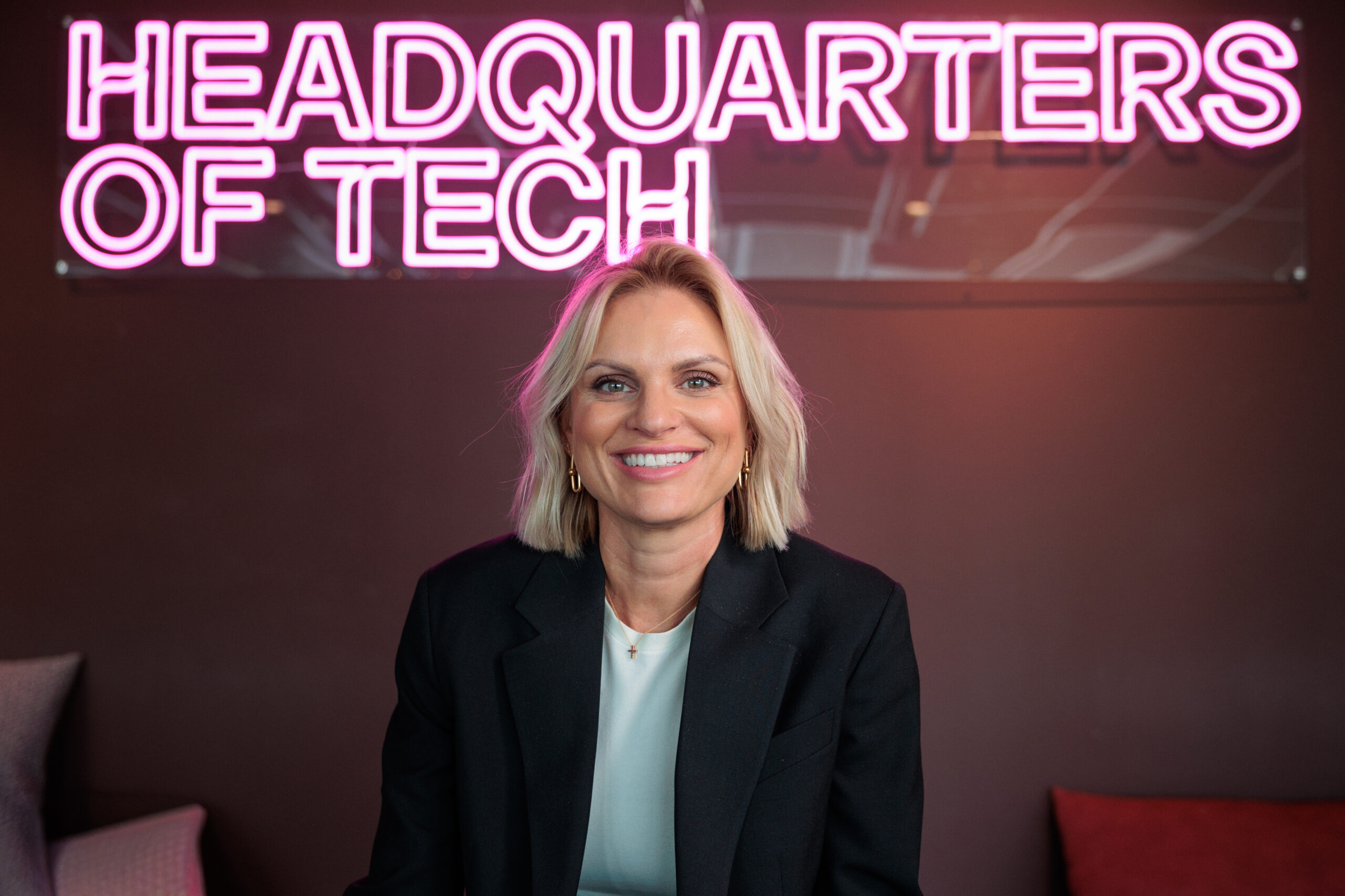From Frozen Firmware to Adaptive Intelligence: Embedded Software Is Changing the Game
From Frozen Firmware to Adaptive Intelligence: Embedded Software Is Changing the Game
Embedded software has always been a hidden yet crucial component of modern technology – from advanced industrial machinery and vehicles to the smart devices we use every day. Historically, the software in these systems was delivered as static firmware, essentially frozen at the moment the device left the factory. Updates were complex, often requiring physical access to the hardware, and every improvement meant costly and time-consuming processes.
That logic is now fundamentally changing. Today we see a clear shift toward dynamic, adaptive systems where software is no longer a finished product but a living part of the device. Instead of standing still in time, embedded software can now evolve throughout the entire product lifecycle – with continuous improvements, remote updates, and eventually even self-learning capabilities.

AI as a Catalyst
Driving this shift are advances in AI and machine learning. Running intelligent models on resource-constrained devices was once unthinkable, but today optimized ML algorithms can analyze data and make decisions directly on-site – without relying on the cloud. This means systems can recognize patterns, predict problems, and adapt to changes in real time.
For users, this is more than just smoother functionality. In principle, a vehicle could gain a driver assistance system that improves the more it is used. An industrial machine could predict downtime before it happens. A wearable could build an increasingly personalized picture of a user’s health. Smart homes could optimize energy use and comfort in real time, and energy systems such as solar panels and power grids could become more efficient by predicting and managing loads dynamically.
Vision or Reality?
At the same time, the idea of fully self-learning embedded systems in the field is still more vision than everyday reality. In practice, most solutions today rely on centrally trained models distributed to devices via updates, rather than each unit learning independently. What is mature, however, is TinyML and AI chips for local inference, enabling devices to analyze data and act in real time.
Intensive research and several production initiatives are also underway in areas like continual learning and federated learning. These approaches allow devices either to gradually improve their models over time or to contribute local data to a shared model without exposing raw data. Here we see the beginnings of truly adaptive systems – where embedded software is not only updated but actually develops new capabilities in the field.
The Enablers Behind the Shift
Several converging trends have made this possible. IoT has created the infrastructure for constant communication between devices and the cloud. Edge computing has made it practical to process data locally, reducing both latency and costs. Open-source platforms like FreeRTOS and Zephyr have accelerated innovation cycles and provided more flexible architectures. And not least, AI models themselves have become more efficient, allowing even advanced algorithms to run on small, low-power chips.
Opportunities and Challenges
The opportunities are immense – but so are the challenges. Embedded software is always constrained by the hardware and must deliver reliable performance in real time. Optimizing AI models to be accurate enough while still runnable on limited resources is a delicate balancing act.
At the same time, cybersecurity risks are growing as systems become connected and constantly updated. Without strong encryption and robust identity and access controls, vulnerabilities can be introduced. For many companies, accountability becomes a central issue: who is responsible if an update introduces a security flaw – the vendor, the user, or a third-party software provider?
The EU’s upcoming Cyber Resilience Act underscores the seriousness. Security is no longer a competitive advantage but a minimum requirement for selling and distributing systems within the union.
A New Strategic Reality
For decision-makers in tech, this is more than a technical development – it is a strategic shift. We are moving from a paradigm where embedded software was static and final to a world where systems are dynamic and evolve alongside their users. Those who embrace this shift can create products that not only last longer but also get better the more they are used.
And the next step beyond that: mastering adaptive intelligence opens the possibility of building systems that not only extend product lifecycles but become platforms for continuous innovation – where every connected device contributes to a collective ability to learn, improve, and evolve in real time.

Get in touch!
Get in touch!
Choose your nearest office, looking forward to hear from you!
Region Norrköping/Linköping

































































